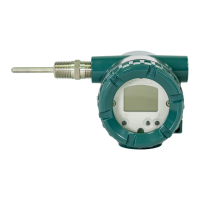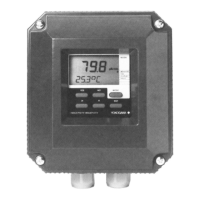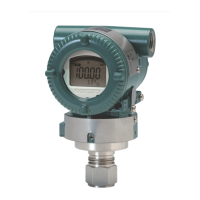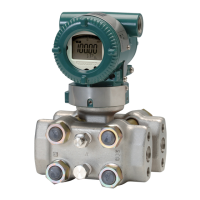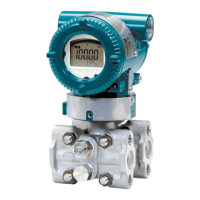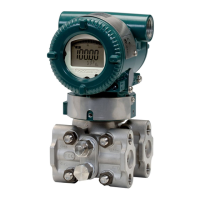2
CMPL 01C50B01-02E
Feb. 2017
Subject to change without notice.
Item Part No. Qty Description
1 F9165EA 2 Cover
2 F9165CS 2 O-Ring
3 Y9406JB 2 Screw Machine
4 See Table 1 1 CPU Assembly for BRAIN or HART Communication type
5 B1002BT 2 Stud Bolt
6 F9342MW 1 Connector Assembly
7 — 1 Name Plate
8 F9300AG 2 Screw
9 F9165DF 1 Tag Plate
10 F9300AG 2 Screw
11 F9165FA 1 Cover Assembly
12 Below 1 LCD Assembly
F9167DB For BRAIN and HART Communication type
F9167DC For Fieldbus Communication type
13 B1001BT 2 Stud Bolt
14 Y9016NU 1 Bolt Hexagon
15 D0117XL-A 1 U-bolt Assembly
16 Y9100SU 1 Washer Spring
17 F9165CY 1 Bracket
18 Y9406ZU 2 Screw (for ATEX, IECEx and TIIS ameproof type)
19 Below 2 Cable Grand Assembly (for TIIS Flameproof; option code: /JF3)
G9601AM For Electrical Connection: G 1/2 female (option code: /G12)
20 — 1 Case Assembly for BRAIN or HART Communication type
21 — 1 Case Assembly for Fieldbus Communication type
22 — 1 CPU Assembly for Fieldbus Communication type
23 Y9420JB 2 Screw Machine
24 F9165KA 2 Screw
25 F9165KF 2 Nut
26 F9165KD 2 Stud Bolt
27 F9284NZ 1 Bracket
28 F9165QB 1 Bracket
29 Y9616NU 4 Screw
30 Y9600SU 4 Washer
31 Y9601BU 4 Nut
Table 1. CPU Assembly (for BRAIN and HART)
*1
Model
Communication
protocol
Without
/CM1
With
/CM1
CPU Assembly is shipped with
the setting shown in Table 2.
YTA110
-D (BRAIN) F9167BJ —
-E (HART) F9167BM —
YTA310
-D (BRAIN) F9167BK F9167BU
-E (HART) F9167BN F9167BW
YTA320
-D (BRAIN) F9167BL F9167BV
-E (HART) F9167BP F9167BX
*1: Applicable for general use. In case of explosion protected type, consult Yokogawa local ofce.
Table 2. Setting upon shipment
Input sensor type Pt100 three-wire system
Calibration range lower limit “0”
Calibration range upper limit “100”
Calibration unit “°C”
Sensor burnout High (110%, 21.6 mA DC)
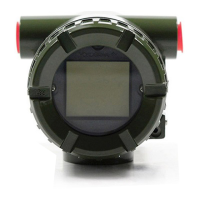
